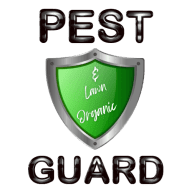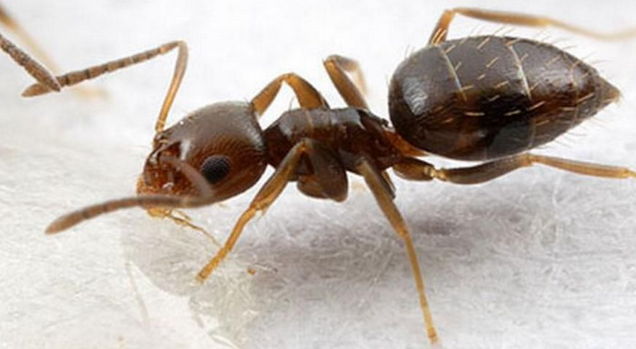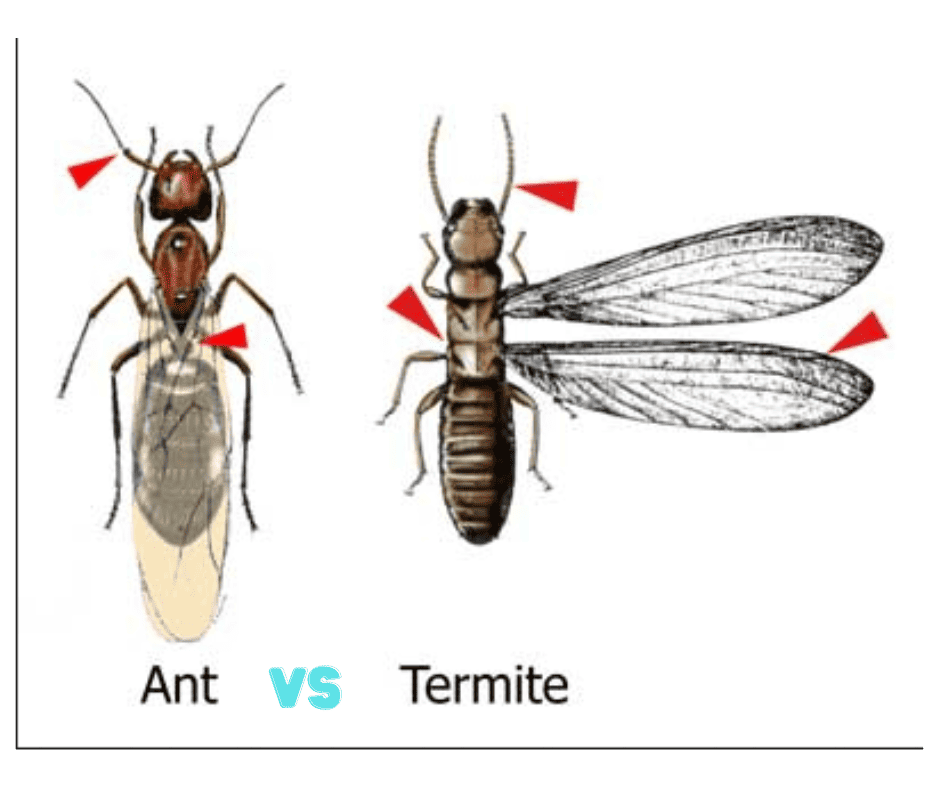Table of Contents
- 1 Beachside Pest Control That Solves the Root Problem
- 2 🐜 What Are Rover Ants?
- 3 🧪 Professional Rover Ant Treatments – The Pest Guard Way
- 4 🌿 Why Rover Ants Love Your Property
- 5 🧰 DIY Rover Ant Control – What Homeowners Can Do
- 6 💵 Rover Ant Treatment Cost
- 7 🧠 Final Thought (with a Joke)
- 8 🔗 Ready to Solve Your Rover Ant Problem?
- 9 FAQs About Rover Ant Control
- 10 We Provide Rover Ant Control Solutions to these Brevard & Indian River cities
Beachside Pest Control That Solves the Root Problem
At Pest & Lawn Organic Guard, we provide expert, guaranteed Rover Ant Control for homes along the Beachside and Barrier Island areas of Brevard County and Indian River County.
Whether you’ve spotted tiny ants swarming your bathroom sink, floating in your pool, or trailing up your siding—you’re probably dealing with Rover ants (Brachymyrmex patagonicus). And while Terro bait might knock them down temporarily, unless you address the real reason they’re there, they’ll be back—possibly with friends like Ghost ants, Argentine ants, Acrobat ants, or White-footed ants.
🐜 What Are Rover Ants?
- Small nuisance ants, native to Argentina and Paraguay
- Established in the Gulf States, parts of Arizona and Nevada, and Florida
- Attracted to moisture, sweet foods, and honeydew from insects like aphids and scale
- Often found invading structures, living in leaf litter, rotted trees, cabbage palm boots, and inside palm crowns
- Swarmers (winged ants) are often seen near lights and floating in pools, typically in spring and summer
- Thrive in humid conditions, especially where there’s irrigation or excess water
Their diet? Lab studies show they’ll feast on honey solution, tuna, and caterpillar bits. Translation? They’re not picky—but honeydew is their favorite.
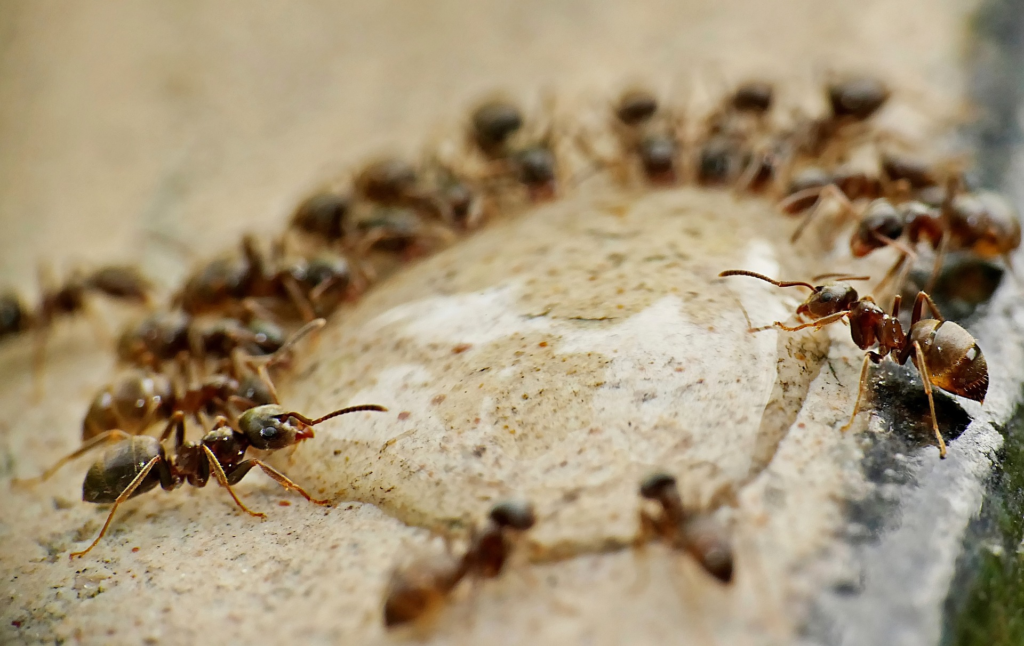
🧪 Professional Rover Ant Treatments – The Pest Guard Way
Here’s how our local, owner-operator service stands out:
🔍 Inspection
We inspect your entire property to identify trails, satellite colonies, and hiding spots:
- Trees, shrubs, hedges
- Cabbage palm boots
- Rotting trunks or voids
- Moisture-prone zones
🎯 Targeted Treatment
We use a multi-layered approach:
- Systemic sprays and treatment on plants & trees to eliminate honeydew-producing insects
- Non-repellent ant treatments at trail sites, nest entries, and foundation areas
- Eco-friendly residuals in problem areas
- Palm tree crown treatments
🔁 Follow-Up & Monitoring
If the ants come back, so do we—at no charge.
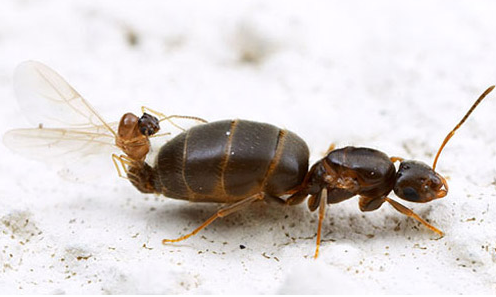
🌿 Why Rover Ants Love Your Property
If you’ve got any of the following, you’ve basically rolled out a welcome mat for Rover ants:
- Leaf litter, especially in flowerbeds and gutter troughs
- Palm frond piles or burlap-like boots on Cabbage Palms
- Rotted tree voids, trunk crotches, or decaying plant matter
- Scale insects, aphids, or mealybugs producing honeydew
- Sooty mold (which isn’t even mold—it’s just bug poop with dirt stuck to it!)
- Overgrown bushes and tree limbs touching your home
- Excessive moisture, like AC drain puddles or broken sprinklers
These are what we call “pestivious” or “conducive conditions”—and they don’t just attract ants. They can also increase the risk of termites.
🧰 DIY Rover Ant Control – What Homeowners Can Do
Want to try it yourself first? Here’s our two-phase plan:
Phase 1: Identify & Bait
- Find the Trail
- Follow them until you lose the trail (often at seawalls or fences).
- Set Terro Liquid Baits close to that entry/exit point.
- Strategic Baiting
- Place bait along known trails, especially near leaf litter, irrigation areas, and baseboards.
- Avoid spraying near the bait. You want them to carry it back to the nest.
- Control Moisture
- Use splash blocks to redirect AC condensation.
- Fix leaky spigots, overwatering, or poor drainage areas.
💡 In tight communities or townhomes, ants may be passing through your property. Focus baiting where they enter and exit—even if it’s just one corner of your lot.
Phase 2: Long-Term IPM Strategy (Integrated Pest Management)
- Eliminate Conducive Conditions
- Rake and bag leaf litter
- Keep palm frond piles to a minimum
- Remove decaying tree sections
- Tree & Plant Care
- Prune limbs that touch the house
- Treat for scale, aphids, and sooty mold
- Clean up sticky, shiny leaves—those are ant buffets
- Prevent Moisture Buildup
- Fix broken irrigation heads
- Don’t let mulch pile up against the foundation
- Clear gutters and downspouts
🐾 Pet Safety Tip: Keep pets off treated areas until completely dry. This usually takes 1–2 hours, but follow the product label.
💵 Rover Ant Treatment Cost
How Much Does a Rover Ant Treatment Cost?
Our professional Rover Ant treatment starts at $169, depending on property size and infestation level.
With guaranteed follow-ups and an owner who cares—you get real peace of mind.
🧠 Final Thought (with a Joke)
Rover ants are crafty. They’ll feast on tuna if they have to, but honeydew? That’s their jam. Literally.
So before you ask: Would you drink poison when there’s a delicious nectar buffet next door?
🤔 Exactly. That’s why baits alone don’t work—you’ve got to treat the source.
🔗 Ready to Solve Your Rover Ant Problem?
📞 Call or text today for expert, Beachside Rover Ant Control in Brevard and Indian River Counties—from someone who shows up, solves it, and stands behind the work.
FAQs About Rover Ant Control
🐜 General Rover Ant Questions
🛠️ Rover Ant Treatment Questions
🌿 Rover Ant Prevention Questions
🔗 Related Ant Species to Know
https://entnemdept.ufl.edu/creatures/urban/ants/dark_rover_ant.htm
